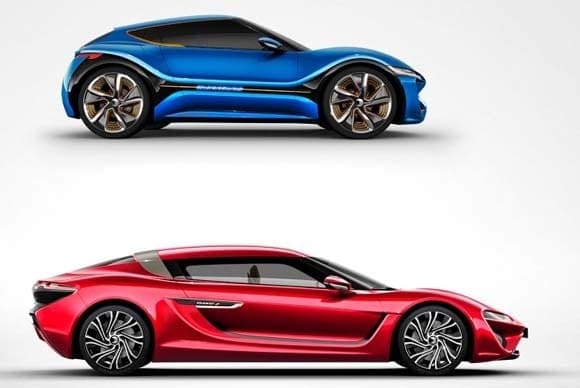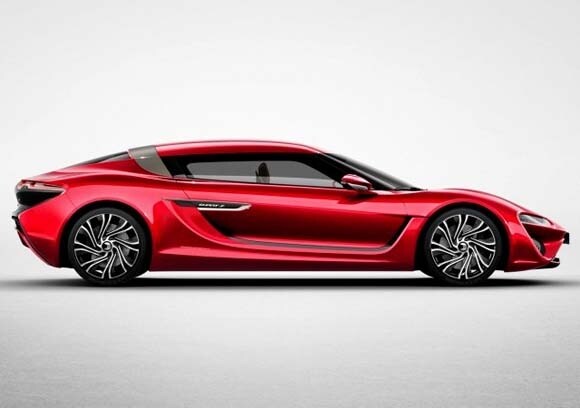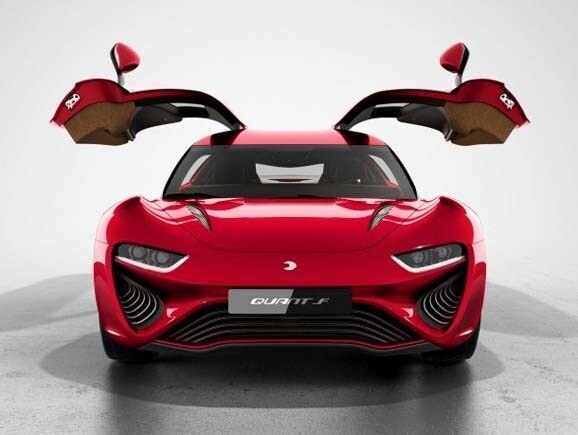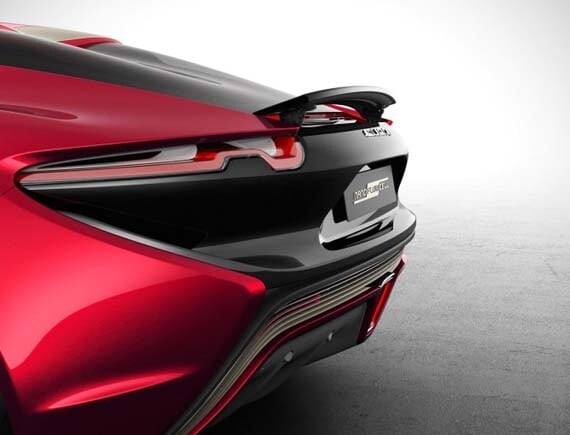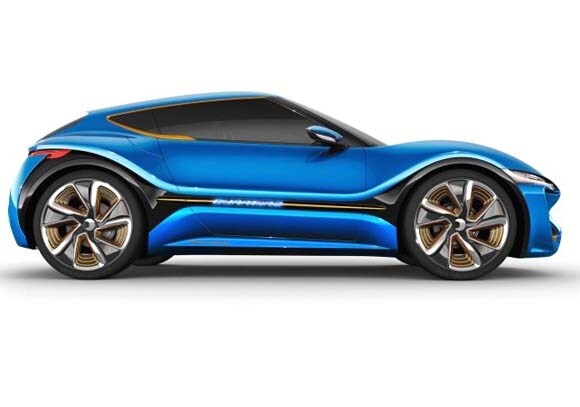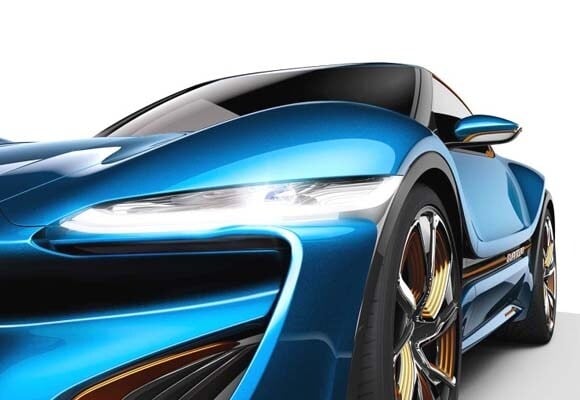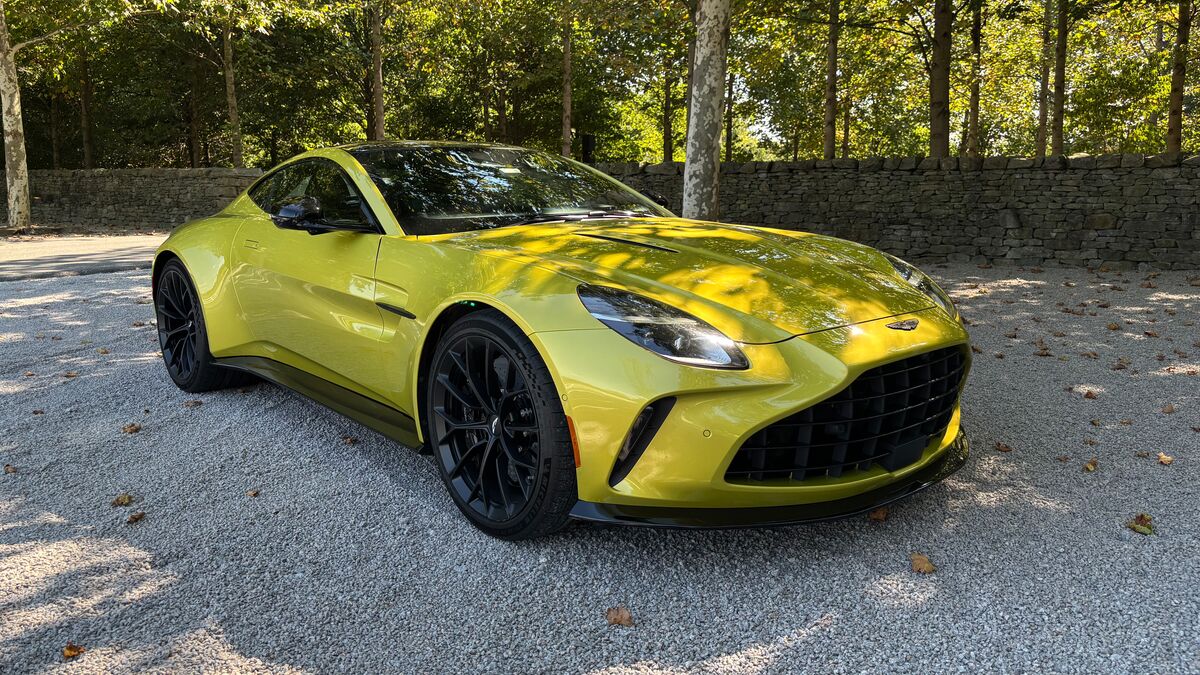The latest one-offs from German electric propulsion specialist nanoFlowcell AG made their debuts in Geneva offering two different takes on the firm’s revolutionary nanoFlowcell power technology. Both the 4-passenger Quant F sedan and its more diminutive and more affordable 2+2 Quantino stablemate are fitted with an electric motor at each wheel and have a claimed range of roughly 500 and 620 miles, respectively. With a total of 1,047 horsepower on call, the Quant F can reach speeds in excess of 185 mph while the Quantino’s 134 electric ponies can take it to 124 mph. The Quantino, which Nunzio La Vecchia, the firm’s chief tech officer promises "will become a reality in the course of this year," also introduces a new low-voltage iteration of the nanoFlowcell technology which require less extensive safety measures than the high-voltage system on the Quant F as well as on all other conventional battery EVs.
Also: The Class of 2015 — New Vehicles Ready to Roll
So what is a nanoFlowcell? Essentially a variation on the redox flow battery originally used by NASA in the 1970s, it’s a compact, high-density package that uses two water-based and oppositely charged ionic liquids that can be pumped into the tanks of the vehicle in about five minutes and then sent into the nanoFlowcell’s separate cell array to create electricity by interacting with the anodes or cathodes. This energy is then stored in pair of supercapacitors – supercaps for short – until the driver steps on the throttle. Like a conventional EV, the Quant F and Quantino systems also incorporate a regenerative capability under coasting and braking. According to nanoFlowcell, its proprietary ionic liquids and cell technology offer up to five times the power density of a modern lithium-ion battery and can survive 100 times more charge cycles, are extremely efficient, and totally scalable. In addition to being virtually emission free, the technology is environmentally friendly when recycled. While the cars do look cool and the technology sounds promising, we’ll just have to wait to see if La Vecchia’s claim proves true about when the first nanoFlowcell vehicle will be hitting the road.
More Concept Vehicles…
Hyundai’s Santa Cruz Concept previews a possible production compact pickup
The Kia Trail’ster Concept is one cool AWD hybrid
Toyota’s Urban Utility Concept is loaded with potential
Popular at KBB.com
See the All-New Cars for 2015
10 Coolest Cars Under $18,000
Best Buys of 2015
